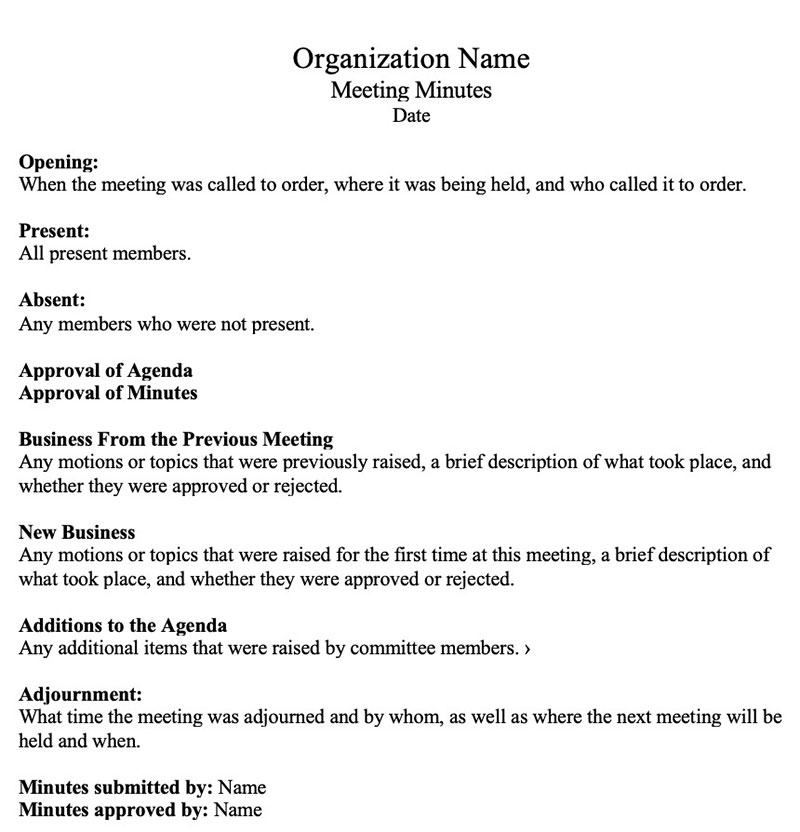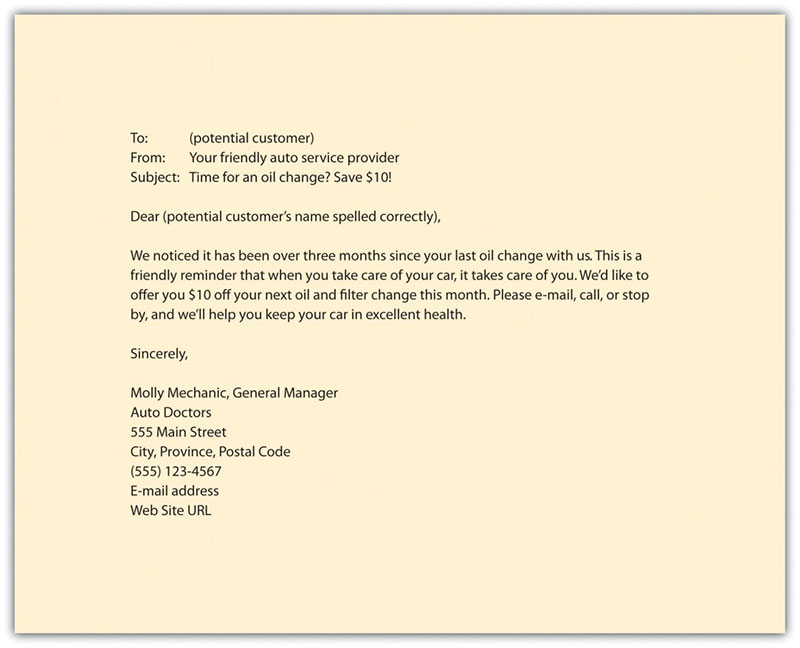Companies store huge volumes of information in various document formats with the help of business process outsourcing companies. But have you ever wondered that your business documents are not conveying the information you want properly or accurately? It’s very likely that could be because you are not following a proper business writing style. In a professional setting, you need to use a purposeful writing style in client proposals, reports, memos, emails, and notices. This is critical to convey relevant information to the audience in a clear, crisp, and effective manner. Expertise in business writing is an important aspect of effective communication in the workplace.
The world of business writing is vast with a variety of business documents, each with their personalized templates and industry focus. Depending on various business scenarios, we need to use different types of business writing. Here are four different types of business writing that you should try to master and apply as necessary:
- Instructional Writing: This type of business writing is directional and aims to provide readers the information necessary for the successful accomplishment of a certain task immediately or for future reference. Instructional documents describe a process step by step with specific details and suggest ways of solving potential problems in a way that is understandable to the reader. The written record must also account for reader’s knowledge of the area and the scope of the task. Some examples that fall under the instructional document category include user manuals, memos and specifications.
- Informational Writing: While most business documents are focused on certain actions, informational business writing aims to record business information accurately and consistently. It comprises documents essential to the core functions of the business for tracking growth, outlining plans, predicting the future goals and challenges as well as to comply with the various legal and contractual obligations. For instance, the financial statements of an organization and meeting minutes come in the informational writing category.
Image Source - Persuasive Writing: The goal of this style of writing is to impress the reader by conveying information and influencing their decision by convincing them that the presented information offers the best value. This direct or indirect style of writing focuses on developing the client relationship and is associated with marketing and sales. Examples of this business writing style include sales emails – that are targeted at a vast audience, proposals intended for potential clients, and press releases written for media sources and journalists.
Image Source - Transactional Writing: Everyday communication in the workplace falls under transactional business writing style. This includes documents like official letters, forms, and invoices used in the general operation process.
Image Source
As varying scenarios require varying business writing styles, understanding them will help you adhere to the correct format. Keep in mind that whatever the document type, business writing should follow certain rules of style:
- Clarity of Purpose: Before you begin writing, you should ask yourself two questions: Who is the reader? What do I want to convey to the reader? Having a clear idea about the purpose of the document will help you determine and develop its tone, structure, and flow.
- Think about what to Include: To make your writing less structured, indirect and repetitive, think before you start writing.
- Be Professional, Relevant and Accurate: Once you establish exactly what you want to convey, start writing. Adopt a professional style to convey accurate, relevant information or provide your audience with understandable instructions.
- Be Clear and Concise: The main goal of professional business writing is efficiency. Avoid long, rambling sentences and write clearly and concisely. Make sure that you use only elements that serve a purpose. Avoid unnecessary words, any kind of sophisticated jargon or extraneous information.
- Pay Attention to Grammar and Spelling: Efficient business writing will be devoid of punctuation, grammar and spelling errors.
- Avoid Verbosity: If you want your reader to be engaged in your writing avoid verbosity. If the meaning can be conveyed in three words, don’t stretch it to five.
- Proofread your Document: Once you’re done with writing your business document, read the passages out loud. This can help reveal flaws and gaps in the arguments. Ask colleagues for constructive feedback and revise the document if needed.
- Easy to Scan: Enhance your business documents through the use bullets, clear headings, concise paragraphs, and judicious use of bold formatting to highlight the keywords. Just a cursory glance will help the reader understand the message.
Keep all these rules in your mind while writing your business document. Importantly, you can become proficient in business writing through regular practice. Pay close attention to the vocabulary, sentence structure, and style of writing while reading as this will help you pen your thoughts down.
Companies can rely on business process outsourcing companies to manage business-critical documents – from creation and distribution to archiving and integration with on-premise systems for easy access.







